
Introduction to Digital Marketing for Building Materials Suppliers in 2025
Welcome, early-stage entrepreneurs, to an in-depth journey into the world of digital marketing tailored specifically for building materials suppliers. In 2025, the landscape of marketing has evolved dramatically, particularly in fast-paced and highly competitive regions like Singapore, where innovation meets tradition. This blueprint is designed to equip you with the essential strategies, tools, and insights to build a formidable digital presence and generate sustainable business growth. Whether you are just launching your startup or looking to pivot your existing operations into a digital-first model, understanding this comprehensive guide will set the foundation for your success.
Understanding the Building Materials Market and Its Unique Challenges
The building materials supply industry is traditionally B2B, involving complex sales cycles and relationships with contractors, architects, and developers. Unlike consumer products, purchasing decisions here are made cautiously, requiring trust and detailed product information. Singapore’s construction market is a significant hub, with a strong government focus on sustainable and smart building solutions. This means your marketing efforts must not only showcase product quality and price competitiveness but also embrace digital innovation and sustainability themes which resonate with local industry stakeholders.
Core Elements of a Digital Marketing Strategy for 2025
Building a successful digital marketing strategy revolves around several pillars. Here is an overview of these core components:
- Market Research & Customer Profiling: Understanding your target buyers’ needs, pain points, decision-making process, and digital behavior.
- Website Development & UX: Creating an intuitive, fast, and mobile-optimized website that serves as the cornerstone of your online presence.
- SEO (Search Engine Optimization): Making sure your digital assets rank on search engines for relevant keywords related to building materials in Singapore and the wider APAC region.
- Content Marketing: Publishing educational and persuasive content, such as blog posts, whitepapers, how-to guides, and case studies.
- Paid Advertising & PPC (Pay-Per-Click): Running targeted campaigns on Google Ads, LinkedIn, and industry platforms with clear ROI measurement.
- Social Media & Community Engagement: Leveraging platforms such as LinkedIn, Facebook, and industry forums to build trust and engage potential clients.
- Email Marketing & Automation: Nurturing leads through personalized communication and drip campaigns using platforms like HubSpot or Mailchimp.
- Data Analytics & Continuous Optimization: Monitoring KPIs, user behavior, and campaign metrics to refine strategies over time.
Step 1: Conducting Market Research & Defining Your Buyer Persona
Before embarking on digital marketing, comprehending your audience is paramount. This process includes:
- Industry Demographics: Identify various segments such as contractors, architects, developers, and wholesalers.
- Buyer Challenges: Pinpoint pain points like cost efficiency, delivery reliability, product standards, and sustainability certifications.
- Information Consumption Habits: Understand where your audience seeks information—be it Google, LinkedIn, or sector-specific publications.
For instance, a Singapore-based building materials supplier discovered that developers and project managers frequently search for “eco-friendly concrete suppliers Singapore” and “fast delivery steel suppliers APAC.” This insight guided their SEO and PPC targeting focus.
Step 2: Building a Website That Converts
Your website is the digital storefront and sales engine. Key focus areas include:
- Responsive Design: Mobile traffic has surpassed desktop traffic; your website must adapt seamlessly to various devices.
- Speed Optimization: Page load time under 3 seconds affects bounce rates and SEO rankings.
- Clear Navigation & CTAs (Call to Actions): Design paths that guide visitors towards product catalogues, quote requests, or contact forms.
- Rich Media Content: Incorporate high-quality product images, 3D models, and video demos to showcase your materials.
Example: A Singapore-based supplier revamped their website with a product configurator tool allowing clients to specify dimensions and materials, reducing quote turnaround time by 30% and increasing inquiries by 50%.
Step 3: Mastering SEO for Building Materials Suppliers
SEO remains a critical, long-term strategy for organic traffic growth. Focus on these areas:
- Keyword Research: Use tools like Ahrefs, SEMrush, and Google Keyword Planner to find high-intent keywords such as “buy steel beams Singapore,” “affordable cement supplier 2025,” and “sustainable building materials Singapore.”
- On-Page SEO: Optimize page titles, meta descriptions, headings, and content with target keywords naturally integrated.
- Technical SEO: Implement structured data, fix crawl errors, and enhance site architecture for better indexing.
- Local SEO: Register your business on Google My Business and industry directories with consistent NAP (Name, Address, Phone) information, crucial for Singapore-based queries.
- Backlink Building: Secure authoritative links from construction associations, supplier listings, and related blogs.
Step 4: Content Marketing – Educate and Engage Your Audience
Quality content builds authority and trust. Consider these content types:
- Educational Blog Posts: Articles like “Top 5 Sustainable Building Materials to Use in Singapore 2025” or “How to Choose the Right Cement Supplier for Your Project.”
- Case Studies: Document successful projects featuring your products to demonstrate efficacy and reliability.
- Video Tutorials & Webinars: Host live or recorded sessions on product application, safety guidelines, or innovations in materials.
- Whitepapers & eBooks: Offer downloadable resources in exchange for contact details to generate leads.
Content frequency and quality are crucial. A weekly blog post combined with monthly in-depth resources can significantly improve your website’s authority.
Step 5: Paid Advertising & PPC Campaigns – Driving Immediate Traffic
While organic growth is essential, paid campaigns offer immediate visibility. Consider the following:
- Google Ads: Bid on commercial intent keywords, balancing cost and conversion potential. For context, in Singapore, the average CPC (Cost Per Click) for construction-related keywords ranges from SGD 1.5 to SGD 6 depending on competitiveness.
- LinkedIn Ads: Target professionals by job title, company size, and industry. This is especially effective for B2B lead generation.
- Retargeting: Use tools like Google Display Network and Facebook retargeting pixels to re-engage visitors who didn’t convert initially.
- Budget Allocation: Allocate about 40-50% of your monthly digital marketing budget to paid ads during the early scale-up stage to gain traction.
Step 6: Social Media Marketing & Relationship Building
Social media in the building materials sector requires a professional and educational tone. Key strategies include:
- LinkedIn: Share product updates, project highlights, and industry news. Join relevant groups and engage actively.
- Facebook: Use targeted ads and community groups to build brand awareness.
- Industry Forums: Platforms like Building and Construction Authority (BCA) forums or local online construction communities in Singapore can be excellent for reputation building.
- Consistent Posting Schedule: Post 3 to 5 times a week to maintain visibility and audience engagement.
Step 7: Email Marketing & Automation for Lead Nurturing
Email remains one of the highest ROI channels. To maximize impact:
- Build Your Email List: Use content downloads, newsletter sign-ups, and event registrations to increase subscribers.
- Segmentation: Group contacts by industry sector, project size, or geographic location for targeted messaging.
- Drip Campaigns: Develop automated workflows that educate and gradually move leads down the sales funnel.
- Personalization: Include personalized greetings and tailor content based on previous interactions or purchasing history.
Step 8: Leveraging Data Analytics for Continuous Improvement
Data-driven decisions are crucial for success. Use analytics tools like Google Analytics, Google Data Studio, and CRM dashboards to:
- Track Website Traffic & Conversion Rates
- Monitor Campaign Performance
- Identify Bottlenecks in the Sales Funnel
- Understand Customer Behaviour and Preferences
Regular reporting – weekly and monthly – allows you to optimize budget allocation, fine-tune messaging, and improve funnel efficiency.
Table: Sample Digital Marketing Budget Allocation for SGD 50,000 Annual Spend (Building Materials Supplier)
| Marketing Activity | Percentage Allocation | SGD Amount | Description |
|---|---|---|---|
| SEO & Content Marketing | 30% | 15,000 | Keyword optimization, blog writing, link building |
| Paid Advertising (Google & LinkedIn) | 40% | 20,000 | Targeted PPC campaigns and retargeting |
| Website Development & Maintenance | 15% | 7,500 | Site upgrades, hosting, UX improvements |
| Email Marketing & Automation | 10% | 5,000 | Email platform subscription, campaign design |
| Social Media Management | 5% | 2,500 | Content creation and community engagement |
Real-Life Case Study: Digital Marketing Success in Singapore's Building Materials Sector
One Singapore-based startup, "EcoBuild Supplies," began operations in 2023 focusing on sustainable building materials. They followed a comprehensive digital marketing blueprint similar to the one shared here. Their initial challenges included low brand awareness and difficulty penetrating well-established supplier networks.
By investing aggressively in SEO targeting sustainability-driven keywords and Google Ads campaigns aimed at developers involved in green building projects, EcoBuild increased website traffic by 200% within 6 months. Their LinkedIn marketing campaign connected them with key construction project managers, helping them secure initial orders.
Furthermore, their content strategy, which featured whitepapers on Singapore’s green building regulations and case studies on energy-saving projects, enhanced trust and brand authority. The company reinvested analytics insights to improve its user experience, decreasing bounce rate by 25% and increasing inquiry conversions by 40% year-over-year.
Innovative Tools & Technologies to Watch in 2025
The digital marketing sphere is constantly evolving, and for building materials suppliers, adopting new technologies can provide a decisive edge. Some trends to integrate include:
- AI-Powered Chatbots: Provide instant product support and lead capture on your website 24/7.
- Augmented Reality (AR): Allow clients to visualize materials in their construction settings before purchase.
- Voice Search Optimization: With voice assistants gaining usage, optimizing for voice queries related to building materials can open new traffic streams.
- Programmatic Advertising: Automated ad buying targeting niche B2B audiences efficiently.
Final Thoughts on Execution and Next Steps
Embarking on a digital marketing campaign for a building materials startup in Singapore or the broader APAC region requires patience, multi-channel coordination, and a deep understanding of your niche audience. Start by applying the blueprint steps diligently, leverage Singapore’s tech-forward market environment, and continuously learn from your data and customer feedback.
This strategic approach will empower you to build a robust online presence, foster meaningful relationships, and scale your business effectively in the dynamic construction industry of 2025.
Step 9: Harnessing Influencer & Partnership Marketing in B2B Building Materials
While influencer marketing is often associated with consumer brands, B2B influencer partnerships are gaining traction in sectors like building materials. Collaborate with industry thought leaders, architects, engineers, and sustainability advocates who have strong online followings. These professionals can amplify your brand’s message and validate your products to their networks.
For example, partnering with a renowned Singaporean green architect who shares case studies featuring your sustainable products can dramatically boost your credibility and visibility, particularly when targeted at government tenders or eco-conscious property developers.
Step 10: Leveraging Video Marketing for Complex Products
Building materials and construction concepts can be technical. Video marketing allows you to simplify and visually demonstrate product features, installation techniques, and benefits. Consider producing the following types of videos:
- Product Explainer Videos: Short clips explaining the material properties and ideal use cases.
- Installation Tutorials: Step-by-step guides helping contractors and builders to correctly apply your materials, reducing on-site issues.
- Customer Testimonials: Showcase project leaders or contractors sharing their positive experiences.
- Virtual Factory or Warehouse Tours: Establish transparency and confidence by showing your operations.
Hosting these videos on your website, YouTube, and embedding them in social media campaigns improves engagement and conversion rates substantially.
Step 11: Embracing Sustainability & Corporate Social Responsibility (CSR) Messaging
Sustainability is no longer a buzzword but a requirement, especially in Singapore, where the Building and Construction Authority (BCA) actively promotes green building practices. Highlight your company’s efforts in reducing environmental impact, sourcing eco-friendly materials, and complying with international certifications like ISO 14001.
Share CSR initiatives such as community-building workshops, waste reduction programs, and partnerships with environmental NGOs to position your brand as a responsible supplier—a key differentiator in 2025’s market.
Step 12: Enhancing Customer Support Through Digital Channels
Digital customer support can enhance satisfaction and retention. Implement omni-channel support spanning live chat, WhatsApp Business, email, and phone. In Singapore, WhatsApp remains popular even in B2B communication.
Quick response times and knowledgeable representatives strengthen relationships with demanding clients such as real estate developers or government agencies.
Step 13: Integrating E-commerce & Quotation Tools for Streamlined Sales
Though traditionally offline, more building materials suppliers are adopting e-commerce components, especially for smaller orders or standard products. Consider integrating an online ordering system with real-time inventory updates and digital quotation tools directly on your website.
This reduces administrative overhead and accelerates sales cycles, providing a competitive advantage in Singapore’s fast-moving construction sector.
Step 14: Cultivating Reviews and Testimonials to Build Social Proof
Gather and publicize reviews from contractors and clients on your website, Google Business Profile, and B2B review platforms such as Trustpilot or industry-specific portals. Positive testimonials alleviate buyer hesitation and enhance trust.
Encourage reviews post-project completion with incentives such as discounts on future purchases or extended warranty offers.
Step 15: Preparing for Emerging Technologies and Trends Beyond 2025
Stay ahead by exploring upcoming technologies such as blockchain for supply chain transparency and AI forecasting to anticipate material demand fluctuations. Consider integrating Internet of Things (IoT) sensors in your logistics to optimize delivery schedules.
Remaining agile ensures your digital marketing and operations adapt quickly to market disruptions or new regulatory environments in Singapore and the region.
Additional Digital Marketing Budget Planning Table
| Marketing Activity | Percentage Allocation | SGD Amount | Recommended Channels or Examples |
|---|---|---|---|
| SEO & Content Development | 25% | 12,500 | Blogs, site optimization, backlink outreach |
| Paid Ads & PPC | 35% | 17,500 | Google Ads, LinkedIn Ads, Retargeting |
| Video Marketing | 10% | 5,000 | YouTube, Website, Social Media |
| Social Media Management | 10% | 5,000 | LinkedIn, Facebook, Industry Forums |
| Email Marketing & Automation | 10% | 5,000 | HubSpot, Mailchimp, CRM integration |
| Website Maintenance & E-commerce Features | 10% | 5,000 | Hosting, UX updates, online ordering system |
Key Performance Indicators (KPIs) to Monitor for Building Materials Digital Campaigns
- Organic Traffic Growth: Monthly visitors arriving through search engines indicating SEO effectiveness.
- Lead Generation Rate: Percentage of website visitors converting to leads.
- Cost Per Lead (CPL): Efficiency of your paid campaigns in acquiring leads.
- Customer Acquisition Cost (CAC): Total marketing spend divided by number of new customers.
- Conversion Rates: From lead to customer, across website CTAs and landing pages.
- Engagement Metrics: Social media likes, shares, comments, and email open/click rates.
- Return on Ad Spend (ROAS): Revenue generated for each SGD dollar spent on advertising.
Tips for Scaling Your Digital Marketing Efforts
- Start Small & Test: Launch pilot campaigns to identify what resonates best with your audience before budgeting heavily.
- Invest in Training: Upskill your marketing team on latest tools and trends to maintain competitiveness.
- Build Strategic Partnerships: Collaborate with complementary suppliers or service providers to exchange audiences and marketing resources.
- Focus on Customer Retention: Use CRM systems and personalized marketing to maximize lifetime customer value.
- Leverage Local Events: Participate in Singapore’s construction conferences and digital innovation expos to network and showcase your brand.
Addressing Common Mistakes in Digital Marketing for Building Materials
- Neglecting Mobile Users: Over 60% of B2B searches begin on mobile devices. Failure to optimize for mobile reduces traffic and conversions.
- Ignoring Analytics: Without data analysis, campaigns lack direction and waste budget.
- Lack of Consistent Branding: Fragmented messaging results in weak brand identity and reduced trust.
- Over-Focusing on Price: Quality, service reputation, and sustainability credentials often weigh heavier in B2B decisions.
- Failure to Nurture Leads: Unengaged leads lose interest; automation and personalized follow-ups are essential.
Final Words on Leveraging Singapore's Digital Ecosystem
Singapore’s position as a smart city and innovation hub offers unique opportunities. The government’s support for digital transformation, access to world-class infrastructure, and a highly connected business environment enables building materials suppliers to scale faster online than ever before.
Utilizing this blueprint while adapting to evolving market trends will help your startup not only survive but thrive in 2025 and beyond.
We are the best marketing agency in Singapore.
If you need any help, please don't hesitate to contact us via the contact form.






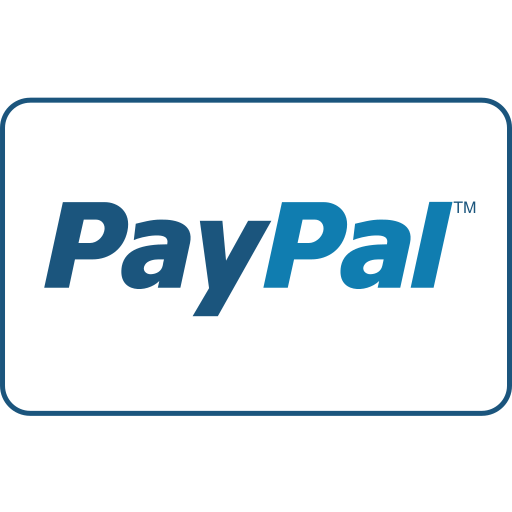

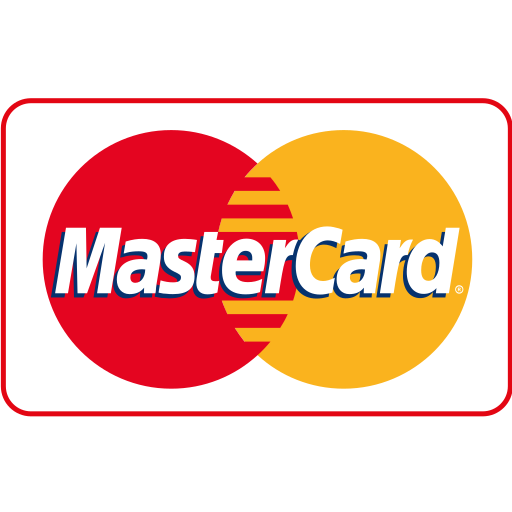
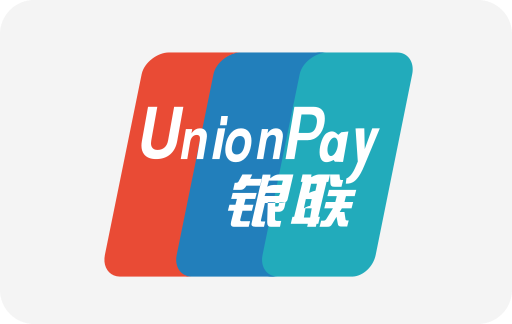
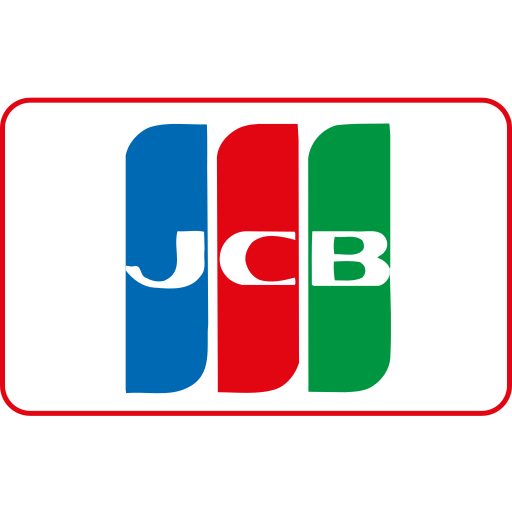


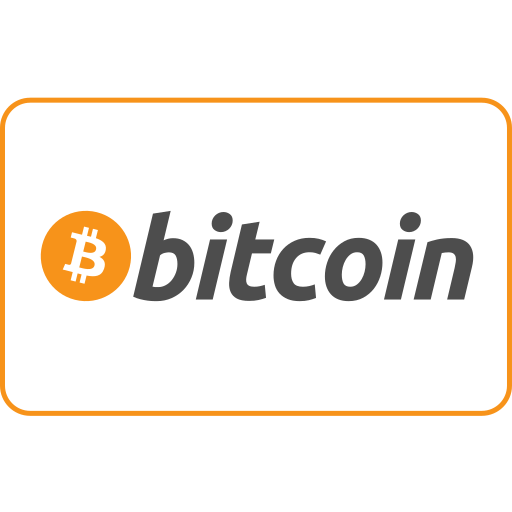
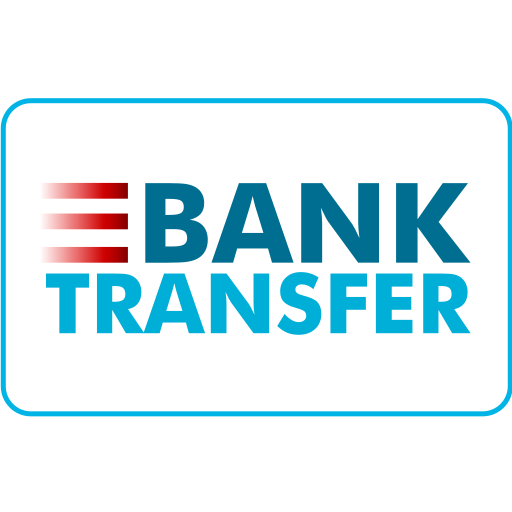
WebSeoSG offers the highest quality website traffic services in Singapore. We provide a variety of traffic services for our clients, including website traffic, desktop traffic, mobile traffic, Google traffic, search traffic, eCommerce traffic, YouTube traffic, and TikTok traffic. Our website boasts a 100% customer satisfaction rate, so you can confidently purchase large amounts of SEO traffic online. For just 40 SGD per month, you can immediately increase website traffic, improve SEO performance, and boost sales!
Having trouble choosing a traffic package? Contact us, and our staff will assist you.
Free consultation